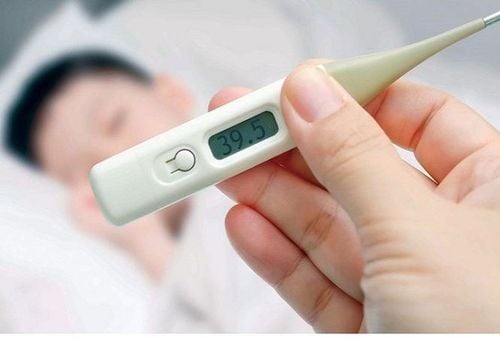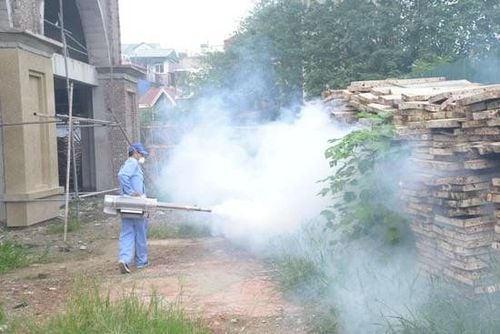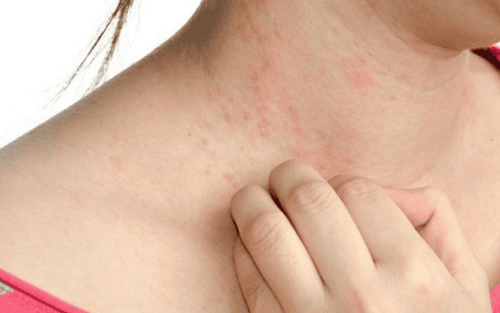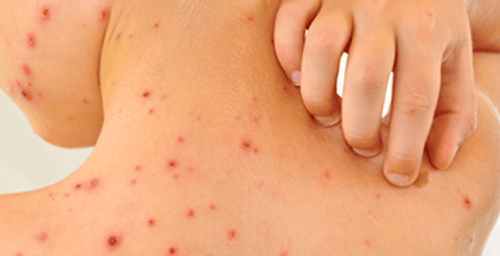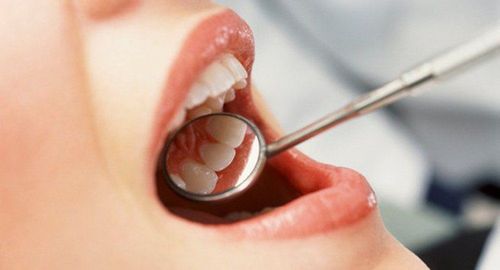This is an automatically translated article.
This article was professionally consulted with Master, Doctor Nguyen Thi Nhat - Infectious Disease Specialist - Department of Medical Examination & Internal Medicine - Vinmec Hai Phong International General Hospital.Recently, dengue fever epidemic is in season. The disease has appeared for a long time, but many people do not know the difference between dengue fever and common fever, so they are subjective or self-treated, leaving serious complications.
1. Who is susceptible to Dengue hemorrhagic fever?
Not only children, but also adults are at risk of dengue fever when bitten by a mosquito. Therefore, should not be subjective with high fever with symptoms of headache, body aches and pains. Anyone can get dengue fever, from the elderly to children, from urban areas to rural areas.Dengue hemorrhagic fever is an infectious disease caused by the dengue virus. The disease is transmitted from person to person mainly by mosquito bites. The virus that causes dengue fever has 4 types D1, D2, D3, D4. When infected, the body is immune to that type of virus, but not enough to protect against all other types of viruses. So in theory a person can get dengue up to 4 times.
Currently there is no vaccine to prevent dengue, the best way to prevent the disease is to avoid mosquito bites through sleeping on a mosquito net, killing mosquitoes, and not giving mosquitoes a chance to reproduce. Dengue fever has no specific treatment. Treatment is mainly aimed at symptoms and monitoring for signs that require hospitalization.

2. What are the characteristics of the mosquito that transmits dengue fever?
Only the Aedes mosquito transmits dengue fever, of which there are two main species: Aedes aegypti and Aedes albopictus. This mosquito has a characteristic of having white stripes on its body, so we often call it midges. Aedes mosquitoes often live around the house, resting on fabrics such as curtains, clothes, and under tables. Mosquitoes often breed in clean water containers, especially rain water and tap water. They usually burn at dusk, such as early morning and evening.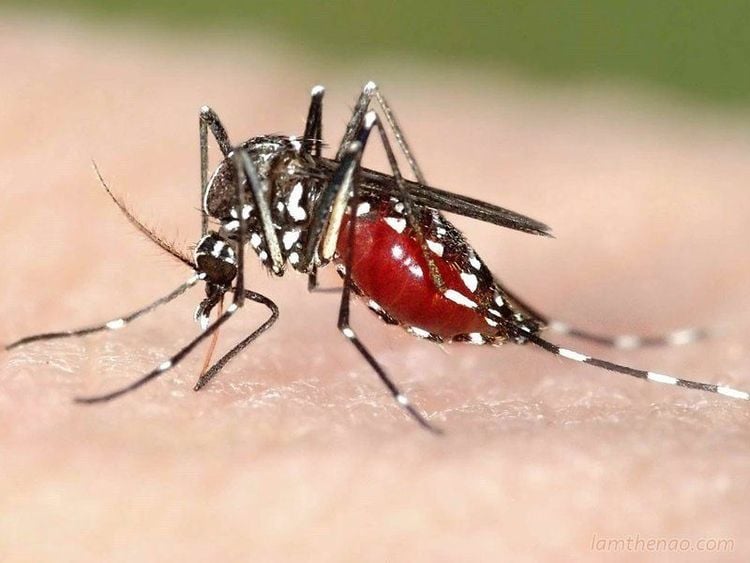
3. Distinguishing dengue fever from common fever
Dengue fever usually develops through three stages:In the first 2-3 days: the patient has a high fever continuously, it is difficult to reduce fever, headache, body aches... At this time, the symptoms of dengue fever are the same. like other viral fevers and can only be differentiated by testing. Fever is the body's response to pathogens, the degree of fever is high or low depending on the body's strong or weak response, a temperature exceeding 37.5 degrees Celsius is a fever, so some patients have dengue fever. Blood may only have a slight fever, so don't pay attention. From the end of the 3rd to the 7th day: this is a dangerous period, the patient begins to recover from fever, so he has subjective psychology, but complications may appear such as increased vascular permeability, causing blood clotting, decreased urination. platelets, can cause bleeding of varying degrees. Some patients started to have abnormal bleeding due to thrombocytopenia: nosebleeds, bleeding gums, bleeding under the skin, irregular menstrual periods, vomiting blood or passing black stools... 7th: this is the recovery period, the patient's general condition improves, appetite, and rash regresses, there may be skin itching. For typhus, other viral fevers:
The patient has a high fever but it is intermittent fever, accompanied by inflammatory symptoms in the upper respiratory tract such as cough, runny nose, sore throat, body aches, possibly with or without rash... It can be seen that, with the characteristics of high fever with muscle aches, headache, rash..easily recognizable, almost dengue hemorrhagic fever is very similar to other forms of viral fever or fever. other common rash. To distinguish the disease, it is necessary to monitor the symptoms and special signs: the red rashes in typhus will disappear quickly after the skin tightening is performed. If the rash persists or goes away very slowly, it could be dengue fever.

The most remarkable thing is that with typhus or common viral fever, when the fever subsides, the disease has gradually recovered. However, with dengue hemorrhagic fever, when the fever subsides, it is the beginning of a dangerous complication stage, it is necessary to go to a medical facility for daily check-ups and tests to detect complications early and treat them promptly. time.
Pediatrics department at Vinmec International General Hospital is the address for receiving and examining diseases that infants and young children are susceptible to: viral fever, bacterial fever, otitis media, pneumonia in children, .... With modern equipment, sterile space, minimizing the impact as well as the risk of disease spread. Along with that is the dedication from the doctors with professional experience with pediatric patients, making the examination no longer a concern of the parents.
Please dial HOTLINE for more information or register for an appointment HERE. Download MyVinmec app to make appointments faster and to manage your bookings easily.





